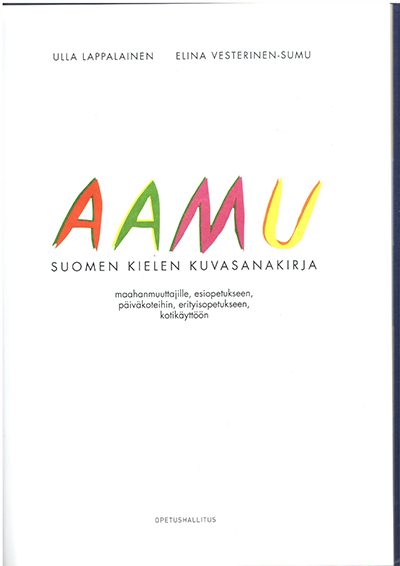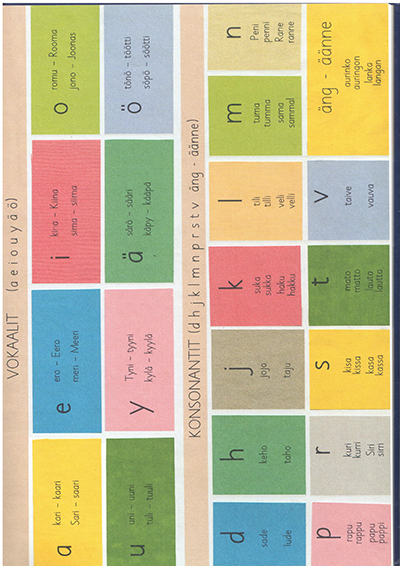| Sorted by date | |||
page178from Nordic Architects Writes
Aulis Blomstedt’s Annex to the Workers’
Institute, Helsinki, 1959
strong in the optimistic belief in progress
of the 1920s, until the iron fist of fascism shattered all the dreams. Utopian
thinking did not die, though.
In
the 1960s a new view of society spread among planners, behind which lurks the
Three Sector Model of Jean Fourastié. The scientific and technical revolution is expected to eliminate
the old class structure as a tour de force, and any new problems will be common
to the whole industrialized world.
The
main emphasis is on the constantly expanding third sector of the economy and
its effect on planning and building. This theory (also adopted by many planners
in socialist countries) is clearly also behind the statistical thinking,
computer worship and futurological dreams of the young men of the 1960s. This
is the path to a new utopia and a new aesthetics, a unified brave new world in
the sunshine of technology! Who could bear to bother with day-to-day policies!
The Marxist young
The young people in Finland today no longer
talk about techniques or beauty or the relation between them. They project
themselves into the conflict between work and
|
|||
|
|||
|
|
|||
page177from Nordic Architects Writes
All in all, the new social and
technological-minded generation nevertheless considered the Finnish
architecture of the day anti-social. The answer to this accusation could be
that architects do not themselves choose what they are commissioned to do. Obviously.
But architects can both privately and collectively take a stand on the interest
which their limited resources should serve. They can also express ideological
values in the style of their architecture. And the style of architecture does
no always merely reflect the economic basis of building. It may also mould it. First
we make things that look cheap and social. Then we really make things that are
cheap and social. That’s how the functionalists began in the 1920s. at the next
stage they believed that the new style would spread and affect the whole of
everyday building. And everything did work to start with, but then world
politics overturned the chariot of progress. When, after the war, society was
ready to adopt the forms of functionalism, many of those who had created them
were no longer sufficiently interested. They were already creating new forms
for new things, individual expression to serve the interests of a small
minority. The social field of building was neglected. But what alternative were
the younger generation of the 1960s offering?
The heirs of functionalism
“Acceptera den föreliggande verkligheten!” “Accept
the reality that exists!” could have been the battle cry of the young, as it
was of the Swedish functionalists. The older generation’s talk of humanism and
play with forms was to be replaced with aesthetics derived from the newest
science and technology, and social good would follow automatically. In fact
this was very up-to-date, and concentration and efficiency grew. But the social
analysis was lacking – after all, the science of architecture that emerged in
the 1960s and was so eagerly adopted here came from the cradle of planning
liberalism, the USA. Soon they stood wondering just what goals they were
supporting. Town centres did not turn out to be airy meeting places for
pedestrians, but rather selling machines intended for car-owners outside the
town. Housing areas did not turn out as cosy urban fabric, but an ironic,
inhuman interpretation of the theme: “Die Wohnung für das Existenzminimum”. And
uncritical reliance on interdisciplinary cooperation and technocratic planning
methods paved the way for the consulting monopolies which today replace the old
fruitful interaction between public planning and studio work. Architect’s
tendency towards utopian thinking had again borne fruit. The weapons they had
chosen to increase equality had fallen into the hands of enemies of democracy.
The
amazing thing in the younger generation’s optimism is that they did not notice
that Sweden had gone through the same stages somewhat earlier, that the
exemplary housing of the “people’s home” had become a harsh oligarchy of
producers. Perhaps the very power of our own expressive architecture (Sweden
had nothing like it) confused them. They though that it was the main guilty
factor explaining the social weakness of our architecture.
In
fact, this kind of utopianism has dogged the steps of modern architecture even
since its early stages, since Ruskin and Morris. It was particularly fine and
|
|||
|
|||
|
|
|||
|
|||
|
|
|||
page175from Nordic Architects Writes
Alvar Aalto’s Worlfsburg Culture Centre,
1963
The
younger generation criticized Reima Pietilä especially sharply. Pietilä was one
of the central figures of the 1960s, building his prize-winning competition
entries. Aalto, who had become a national institution, was eventually left in
peace. The angry young men, as assistants at the University of Technology,
prevented the emergency of a Pietilä School (which was actually on its way),
and the trial of strength between Pietilä and Juhani Pallasmaa in the Finnish
Architectural Review after the completion of Dipoli is already one of the
classics of Finnish architectural debate.
Gradually
some adjustments of attitudes proved necessary. On closer study, a too
straightforward interpretation of Pietilä’s architecture as “built ideology”
does not seem to hold good. His starting point is more likely a view of the
inner nature and logic of architecture than of its relation to society – and
the same can be said of his opponents in many respects. Gradually, as one began
to see how multinational business had adopted the Miesian style as its
architectural image, attitudes to Pietilä’s architecture also began to change,
however irrational it was. In the hurly-burly of the EEC debate some people
even saw similarities between the political role of Pietilä, and that of the
National Romanticists of the turn of the century.
|
|||
|
|||
|
|
|||
page174from Nordic Architects Writes
Kaija and Heikki Siren’s Chapel in the
College of Technology Village, Otaniemi, 1957
young men did not, though, criticize the
programmes of the plans so much as the style, which they considered
anti-social. Aalto was accused of exclusiveness, Pietilä of subjectivity and
Revell of formalism. These accusations combined both aesthetic and social
moralizing in a verbalized pathos which was as powerful as the plastic
expression to which it was objecting. The alternative was considered to be an
anonymous, aesthetically controlled, logical mathematical, and
consumer-oriented architecture utilizing the knowledge provide by
interdisciplinary search and the full potential of technology. Emphatically
technological system architecture was preceded by a return to the sources of
functionalism. At the beginning of the 1960s Aulis Blomstedt and Aarono
Ruusuvuori had a major influence on their students at the School of
Architecture.
Debate
about the architect’s responsibility gradually spread to the global scale and to
the brave new world of futurology. At the level of architecture, Mies van der
Rohe assumed the role of prophet, and on a wider scale the ideas of Archigram
or Buckminster Fuller were eagerly taken up. The result was rather paradoxical:
on the one hand, architecture absolutism (the revolutionary youth of 1968
called this “design fascism”) and on the other, anti-architecture!
|
|||
|
|||
|
|
 ... ...
... ... ... ...
... ... ... ...
... ... ... ...
... ... ... ...
... ... ... ...
... ... ... ...
... ... ... ...
... ... ... ...
... ... ... ...
... ... ... ...
... ... ... ...
... ... ... ...
... ... ... ...
... ... ... ...
... ...
